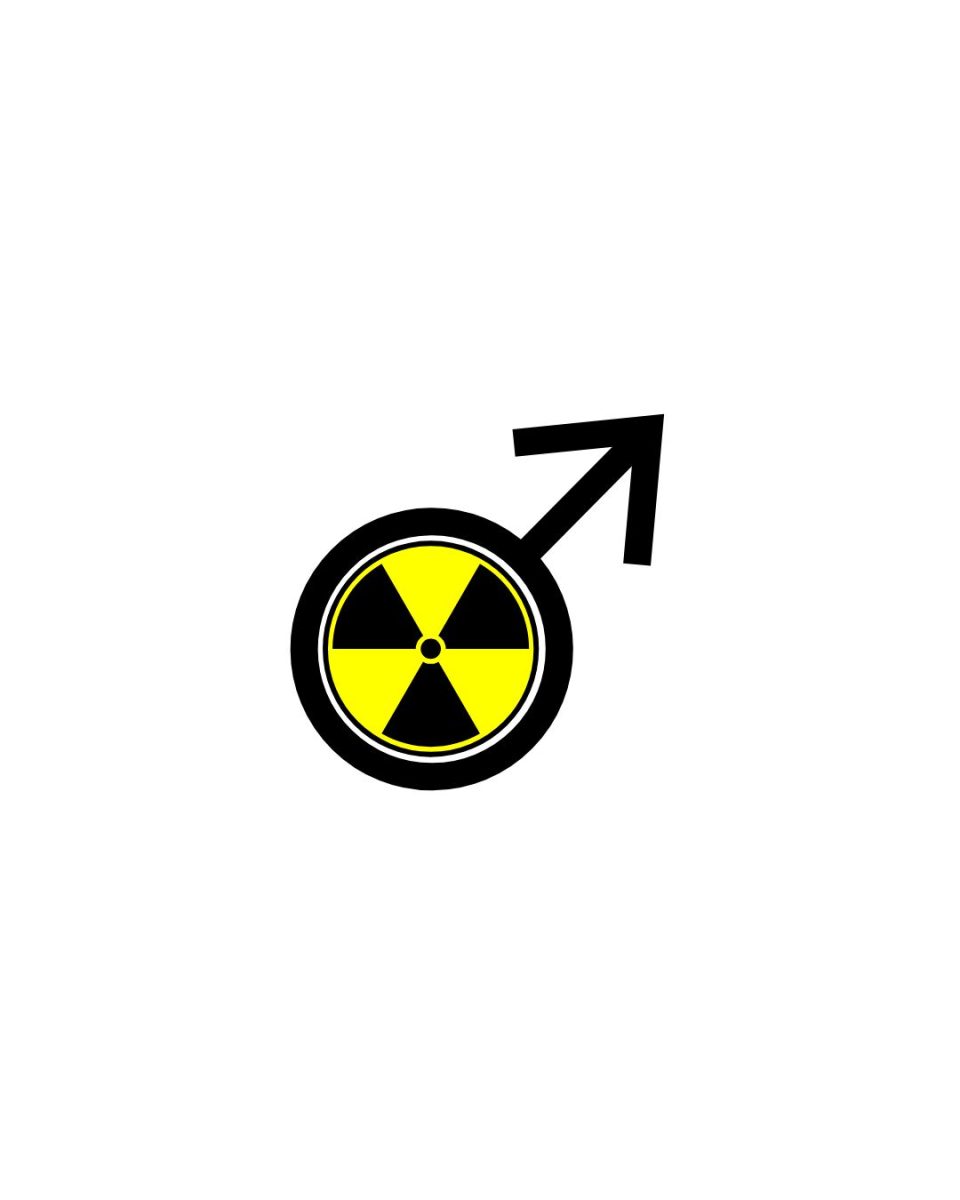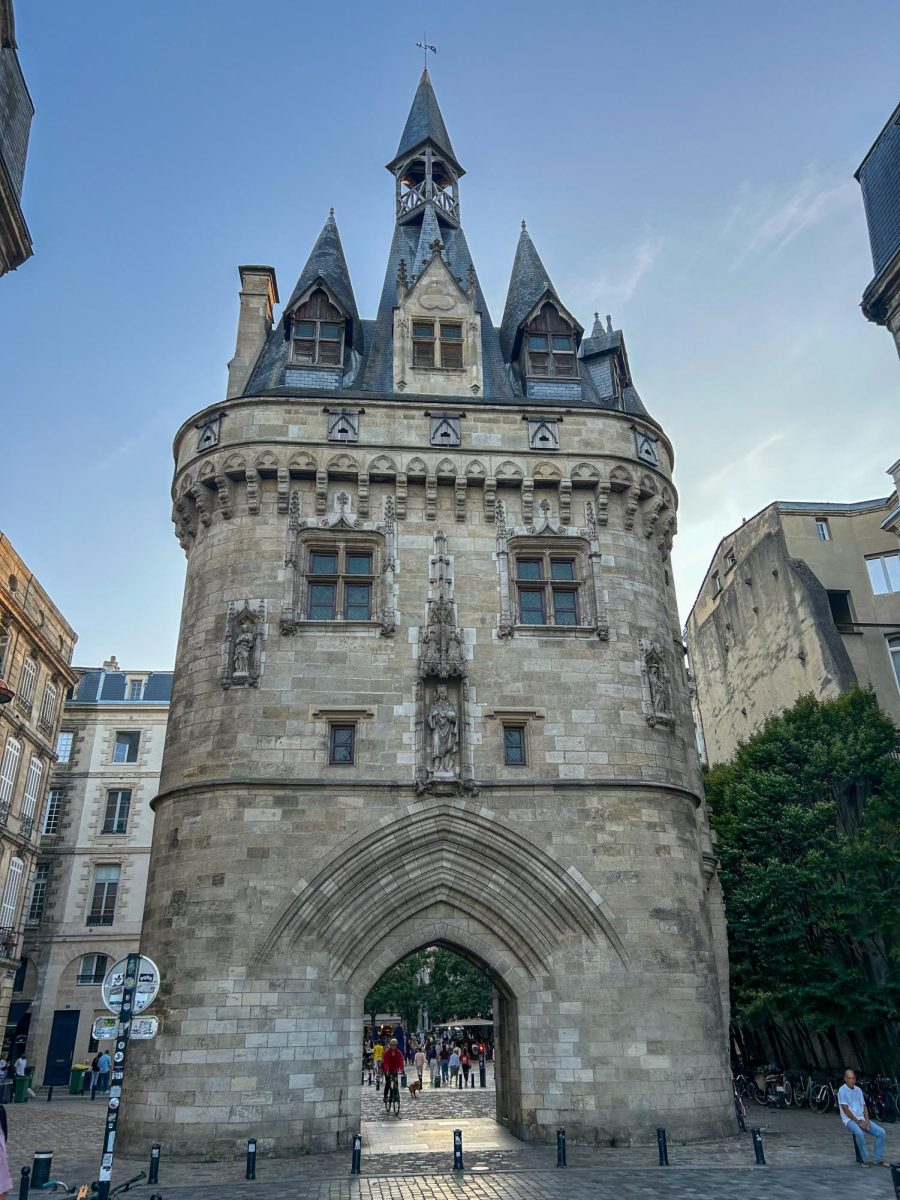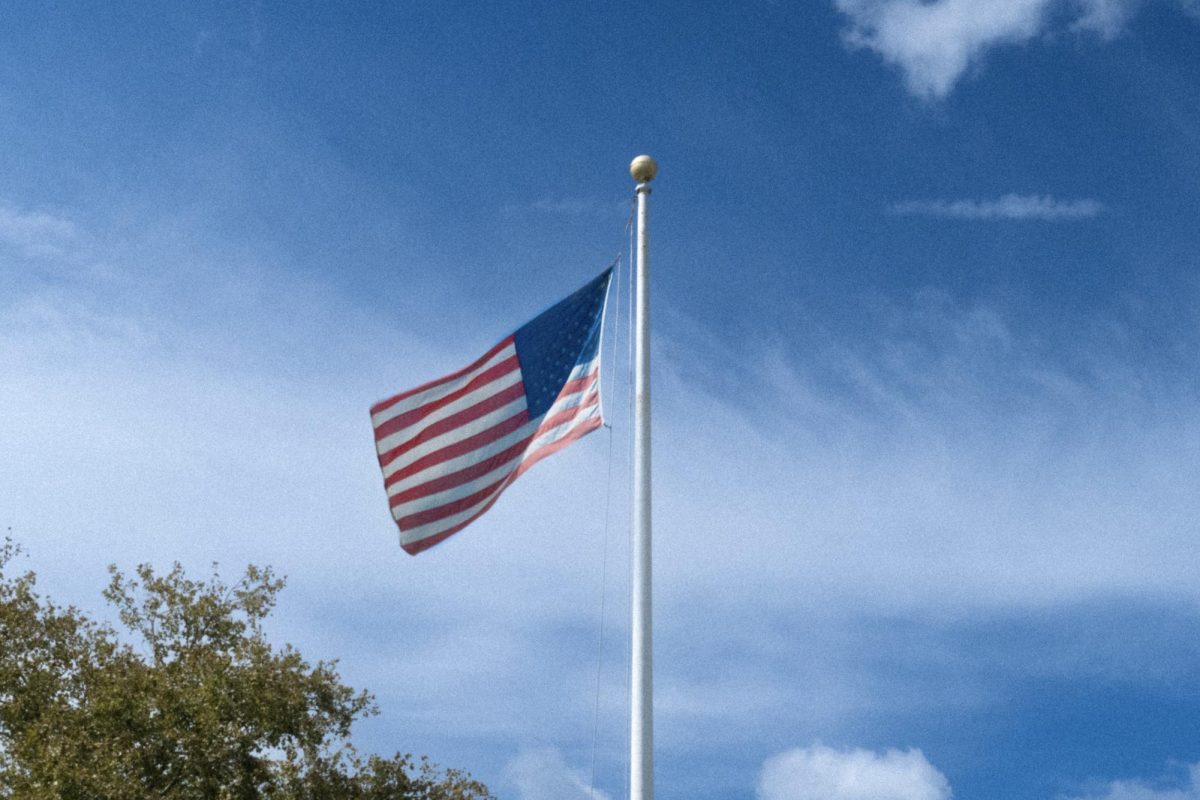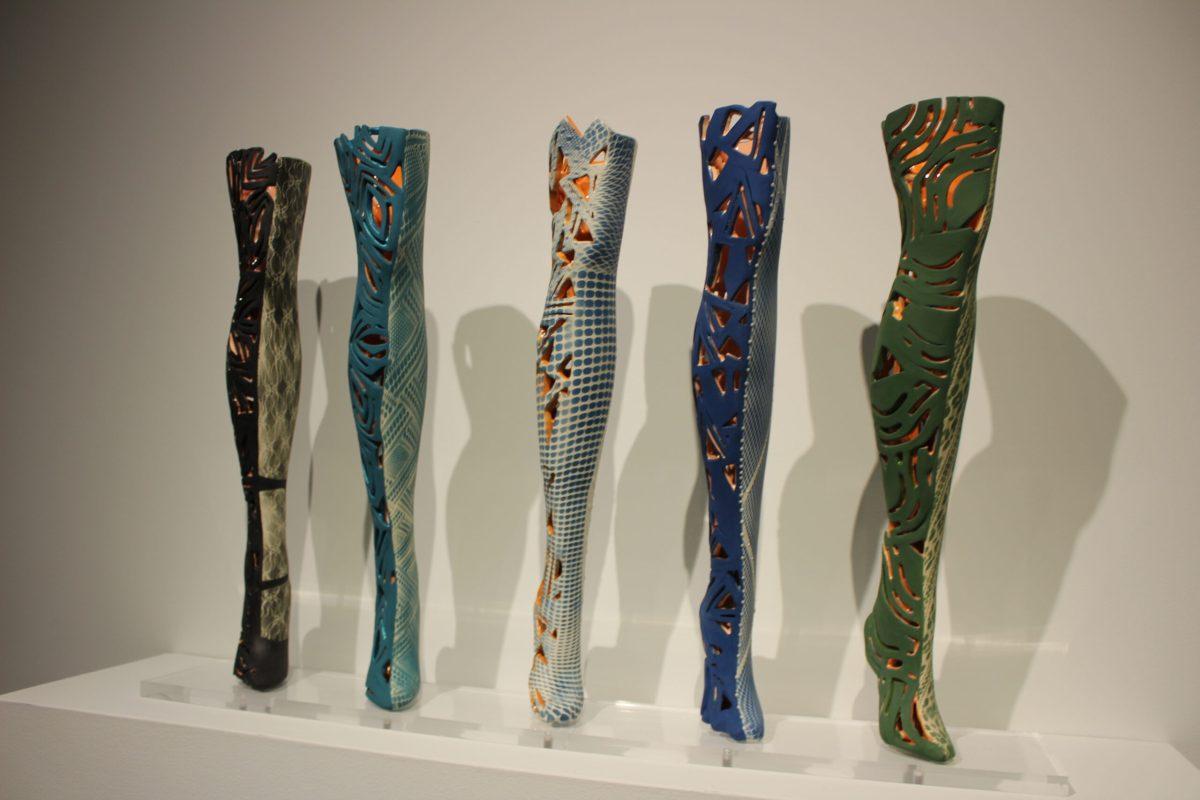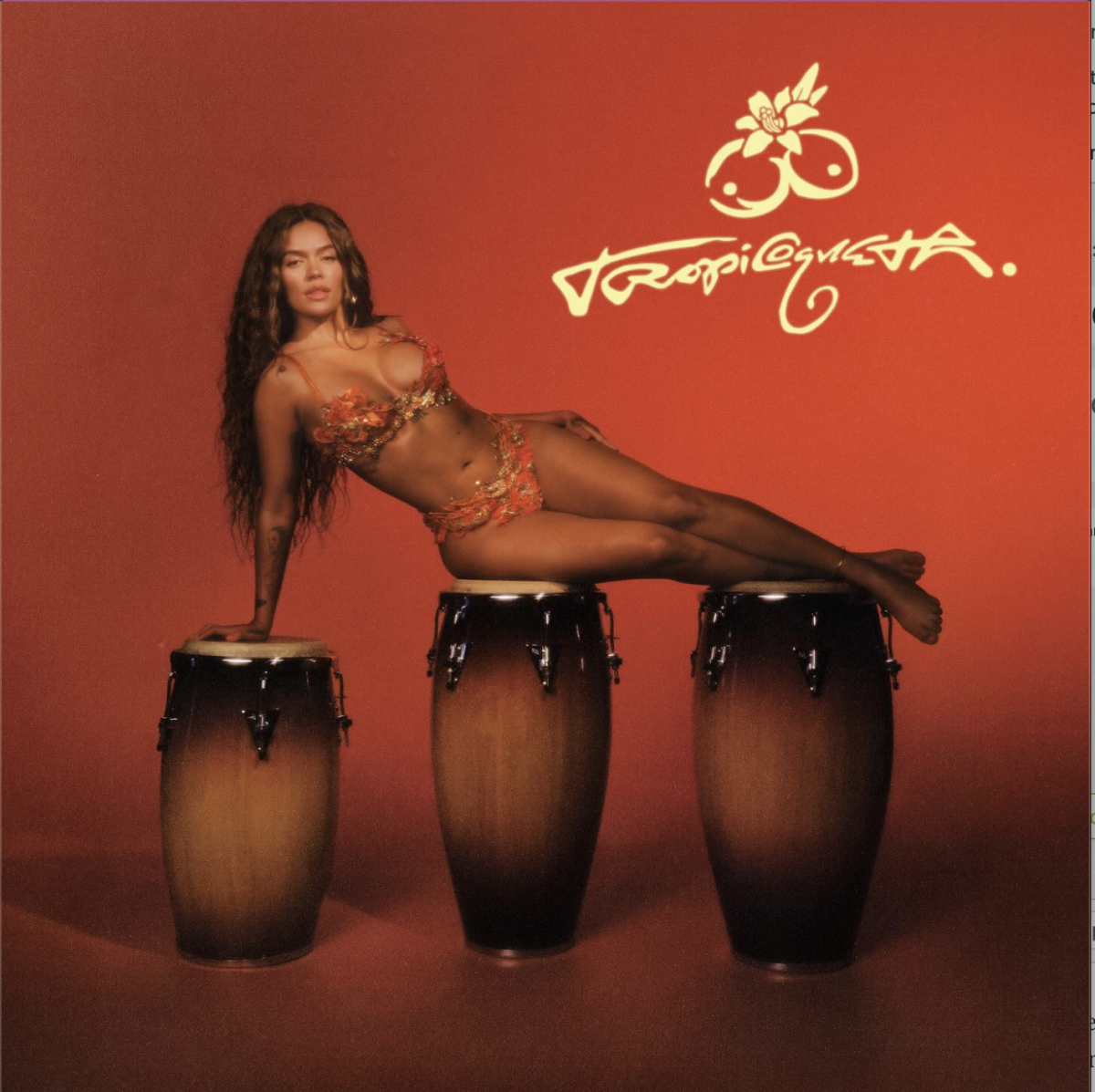A world of artificial intelligence meets that of historic high fashion and earnest homage to samurai culture in the Rowan University Art Gallery. The result is “Enamored Armor,” a gallery featuring the work of three artists Marjan Moghaddam, Mari Ogihara and Tiantian Li.
Amie Potsic, the gallery’s guest curator responsible for this exhibition, believes that the work of all three artists creates a powerful image of women.
“The classical figure as a basis these artists investigate the multiplicity of ways that women choose to present and redefine themselves in pursuit of potency and self-discovery,” Potsic said in a statement released by the gallery. “Through video, painting, sculpture and augmented reality, their work spans an historical spectrum of millennia with a finger on the pulse of current artistic practice, the women’s empowerment movement, and emergent technologies.”

According to Jillian Schley, assistant director of the gallery, “Enamored Armor” uses fashion, which many may view as a superficial facet of femininity, as a vehicle to discuss topical subject matter.
“These artists are dealing with garments and the relationship to the body,” Schley said. “We are definitely inspired by the feminist-happening right now and the Me Too movement. In some ways we want to amplify what students are thinking about in their own lives and be able to project that in the arts, too – to have this relationship with current culture and critical dialogue going on in the university. So this is one way that we can be able to engage with that. It’s an important topic.”

While hosting an exhibit of work by all-female artists has been important to the perspective of body politics, Schley stresses that there is greater historical importance to this lineup than just the names on the placards.
“We do like to work with women artists and we’re excited to have three women artists, for sure – but that’s not just why,” Schley said. “It’s important all the time, since historically women have been less received and exhibited in galleries and museums, and while that’s historically been a problem, it is slowly changing, and that’s a positive that we [the Rowan University Art Gallery] can be a part of that, continually.”

In its reverence of femininity, “Enamored Armor” compliments the gallery’s previous exhibit, artist Heather Ujiie’s “Terra Incognita.” While “Terra Incognita” examined the female form through the lens of naturalism and conservation, “Enamored Armor” seeks to parse through the contradictions of a woman’s internal and external identities, and does so in a way which pays homage to the values of the artists individualy.

“The artists themselves are bringing some sense of their own cultures to the table,” Schley said. “In the sense of how women see themselves, as well as how they are seen.”
Nowhere can this be better seen than in the computer-generated works of Moghaddam. Her piece “#GlitchGoddess with a Fractal Niche” is a wallpaper print which, with the use of a downloadable app, can be viewed as an Augmented Reality digital sculpture of a woman. As one changes the angle at which the sculpture is viewed, the figure itself “glitches” between various forms, such as thin, pregnant and abstract. The sculpture thus calls into question the conventional view of the female form as unchanging, when medical reality suggests that a woman’s body will alter throughout her lifetime.

“I have developed a visual world that combines the inherent aesthetics of digital art with art historical references and my own style,” Moghaddam said in her artist statement. “Additionally, as a pioneering technology-based, woman artist and immigrant, I have always felt like an outsider in the art world. This has afforded me the artistic, intellectual and political independence and freedom to tackle some of the contentious issues of our time, or to deal with uncomfortable truths, underrepresented narratives and provocative concepts that are often avoided in the commercialized art market.”

Ogihara combines the Japanese samurai tradition with female underwear to create sculptures which invoke the warrior spirit of women, while still acknowledging their potential fragility. These sculptures, titled “Underthings,” are featured throughout the gallery either on pedestals or suspended from the ceiling.
“My vision was to shift the underclothing from object to subject,” Ogihara said in her statement. “The Underthings capacity to stand erect on their own presents their ability to guard themselves… I am fascinated with the sexual symbolism, aesthetic intricacy and customized ritual surrounding women and their underwear.”
Also dealing in garments, Li’s watercolor series “LOVE ME MORE” features traditionally female regarded clothing, such as lingerie, with historical figures painted within them. Inspired by a river she often visited during her childhood in China, Li views water itself as a feminine entity; as such, she chose watercolor as her medium for this series. While Moghaddam and Ogihara take critical approaches to the relationship between women and society, Li’s interpretation is far more positive.

“The garment, which functions as a type of delicate armorer and comfort against the skin, gives the wearer a sense of security and self-love,” Li said. “Through my paintings of intimate clothes, I encourage women to take a positive perspective on their bodies and female representation while giving themselves the attention, humor and respect they deserve.”
As for the best way to experience “Enamored Armor” as a whole? Well, Schley has some ideas.
“We want you to experience art in-person,” Schley said.
“Enamored Armor” is on display until Jan. 12.
For questions/comments about this story, email [email protected] or tweet @TheWhitOnline.

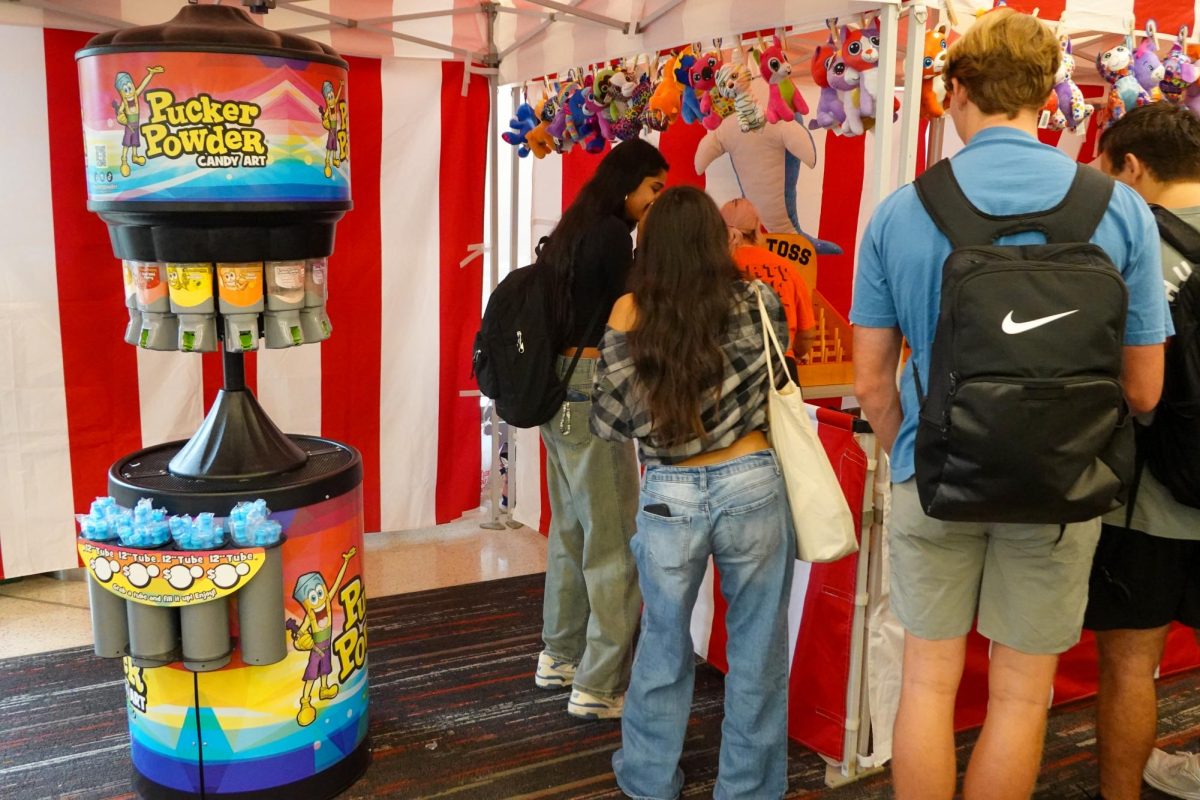


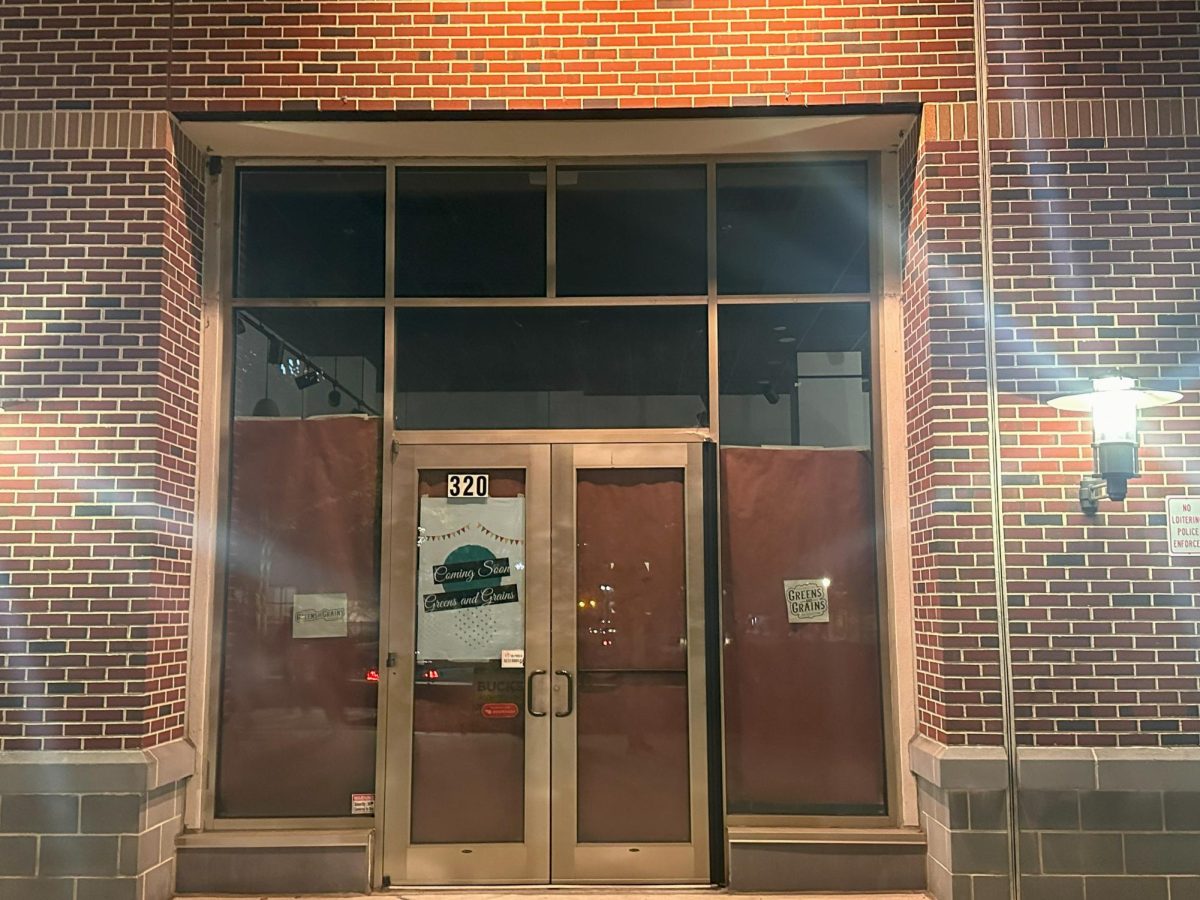






















































































































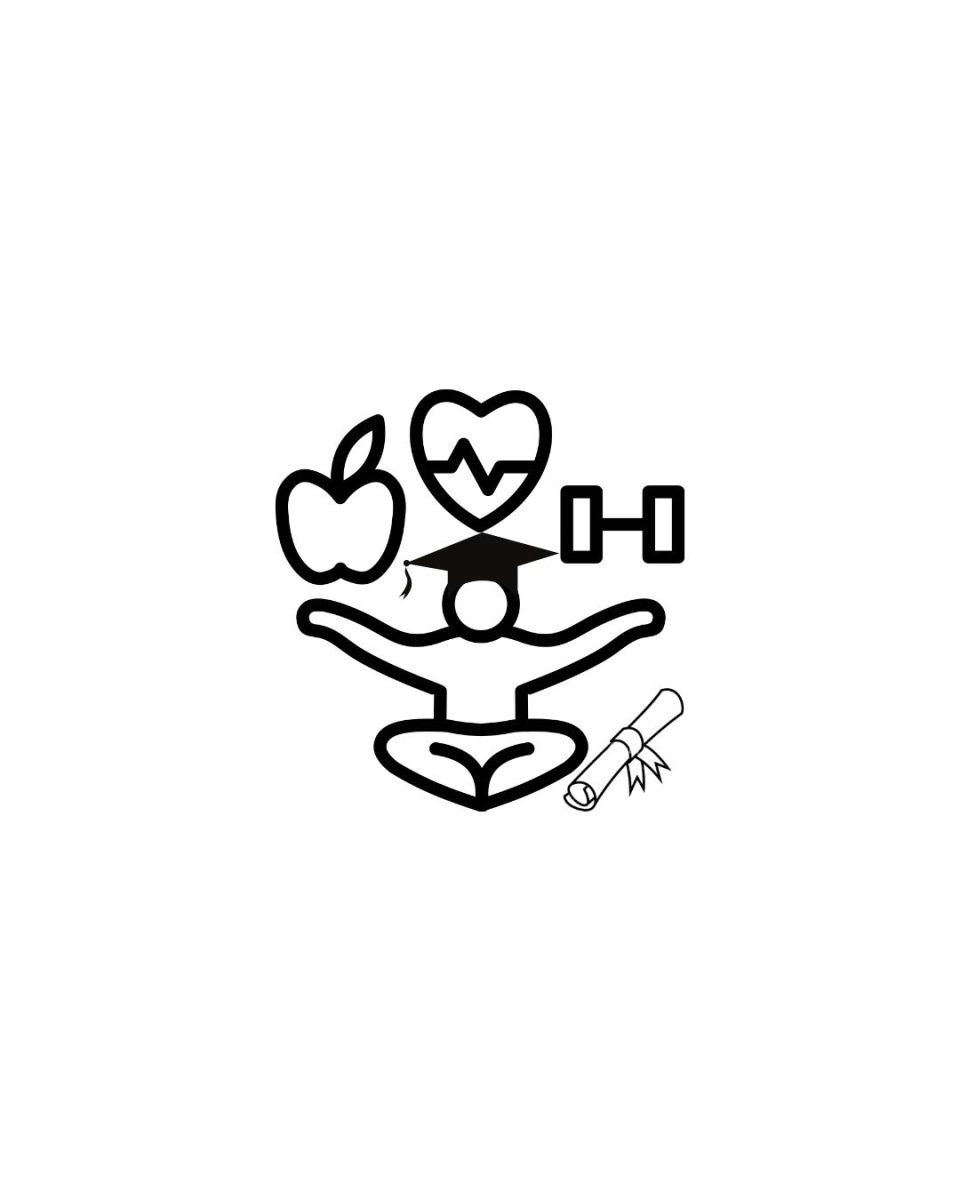
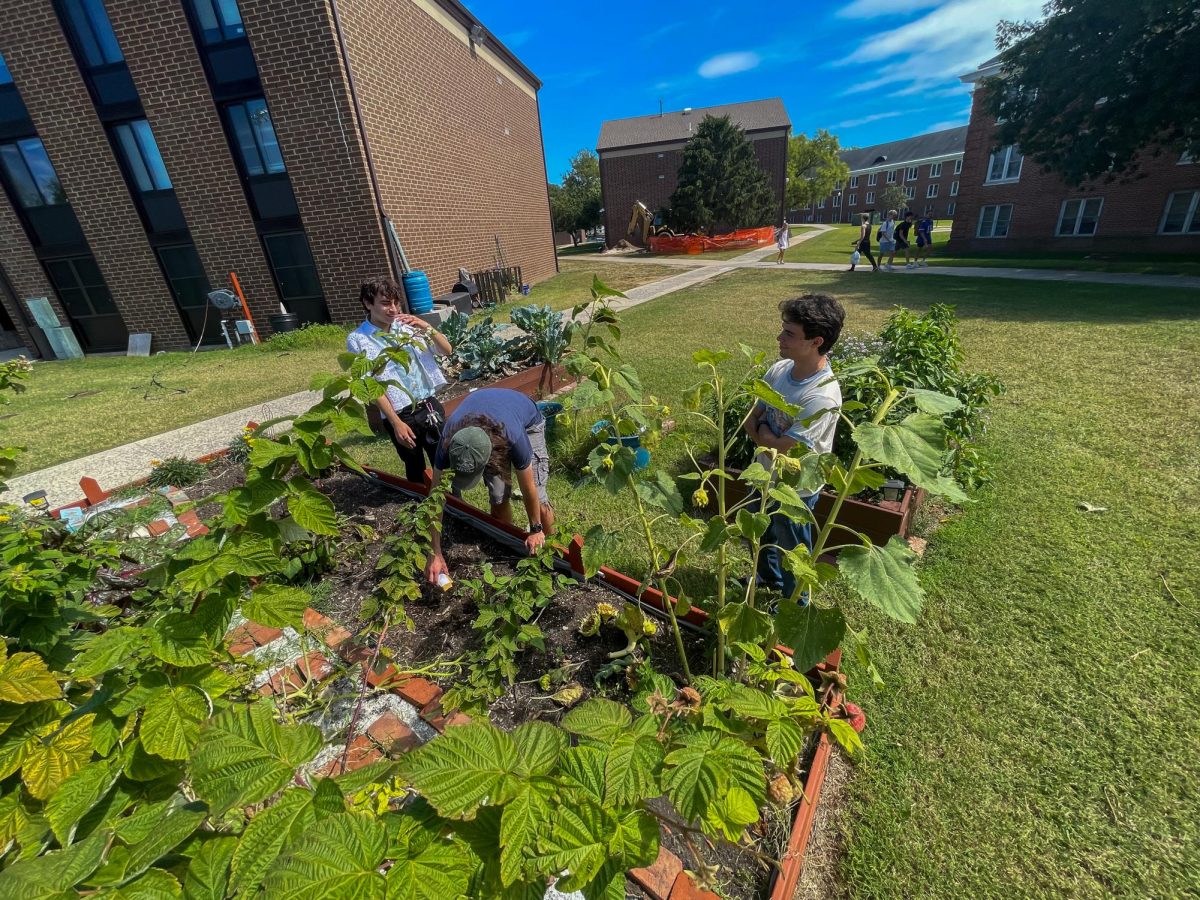



















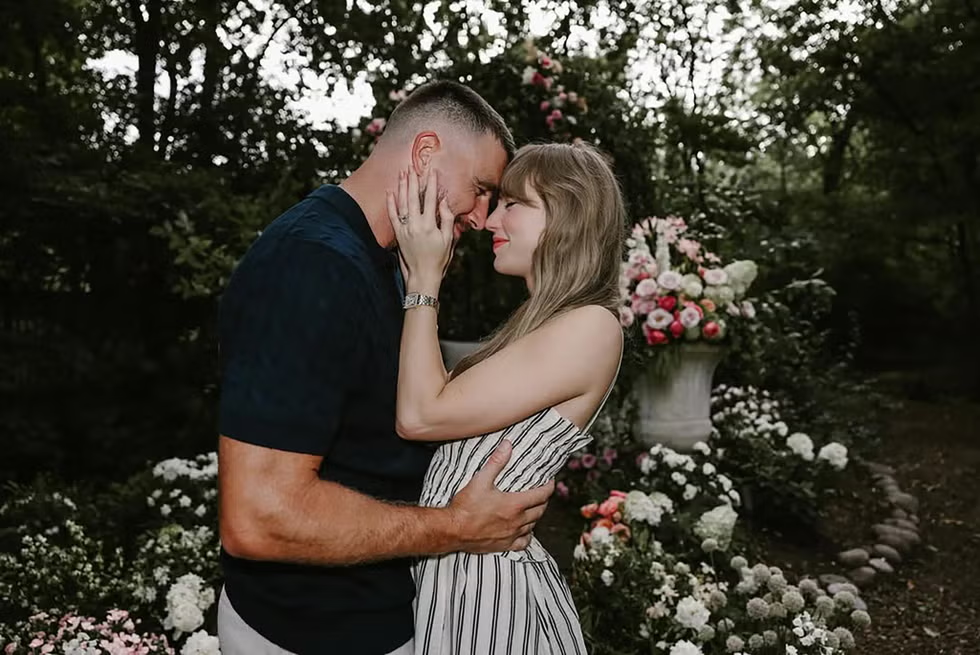

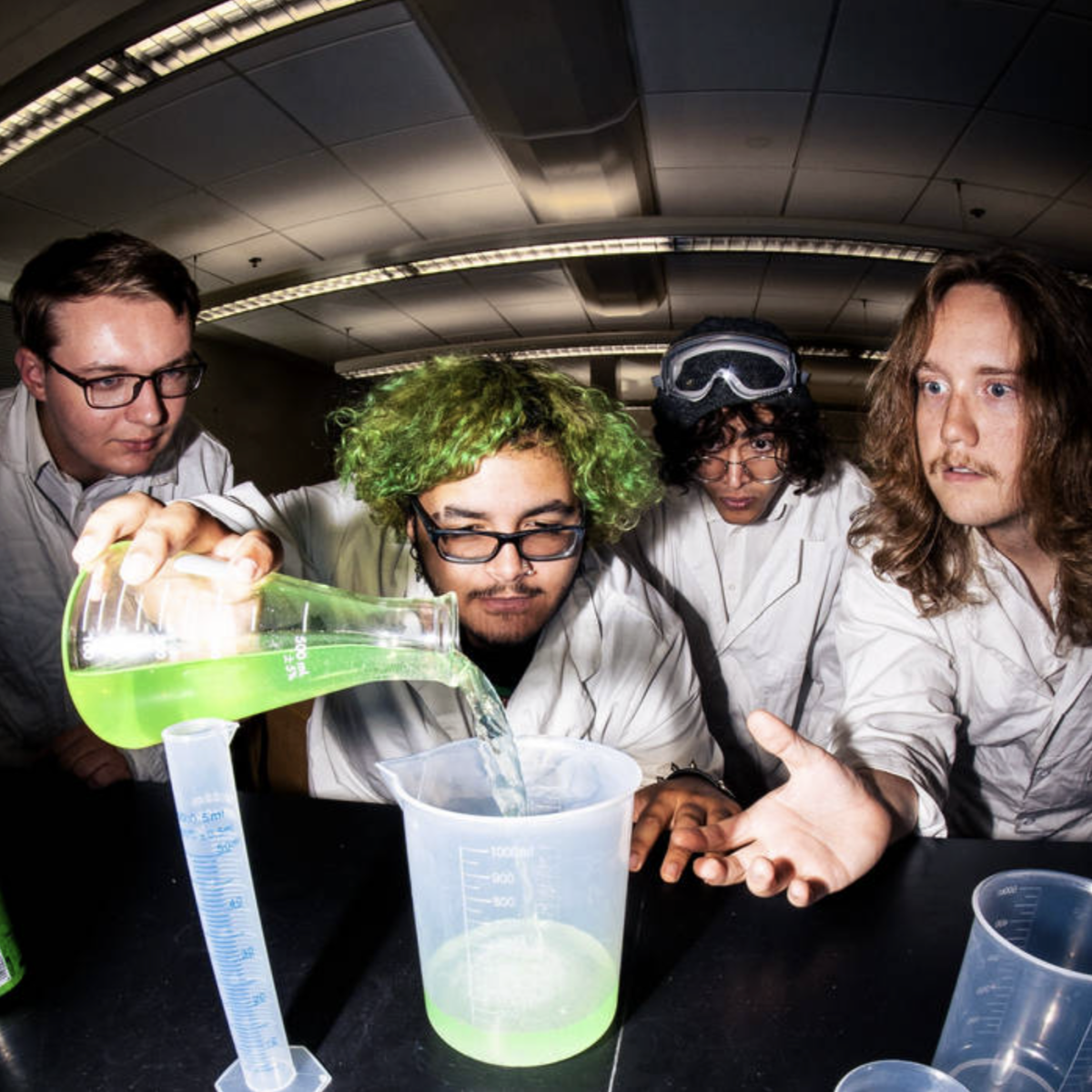




!["Working with [Dr. Lynch] is always a learning experience for me. She is a treasure,” said Thomas. - Staff Writer / Kacie Scibilia](https://thewhitonline.com/wp-content/uploads/2025/04/choir-1-1200x694.jpg)













